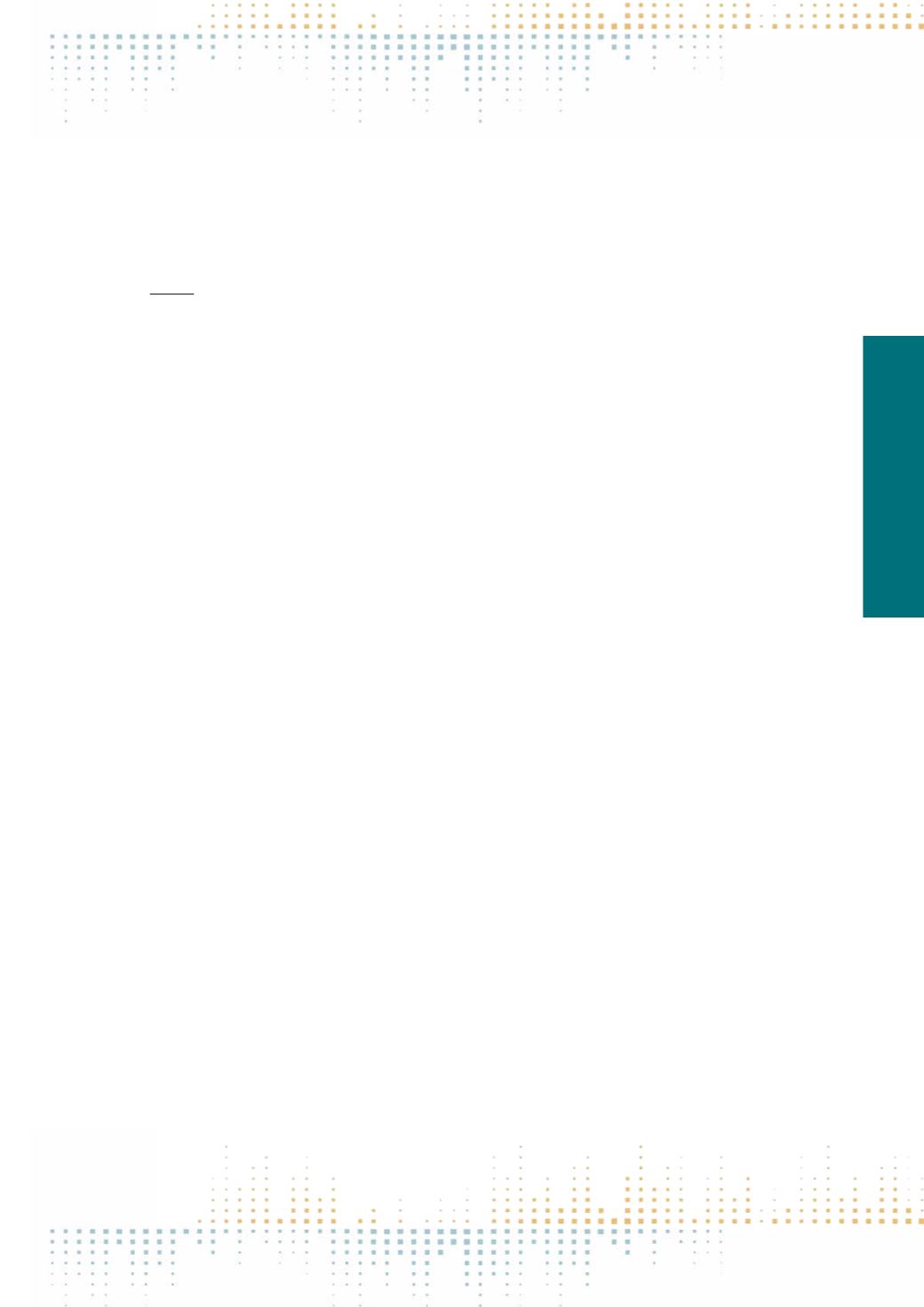

149
Friday, November 11
1 8 : 0 0 – 1 9 : 3 0
following the example and model management of RTVE (the national public radio television). Of twelve public regional television of Spain, six of them
have this outsourced production model (Canarias, 1999; Baleares, 2005, Asturias, 2006; Extremadura, 2006, Murcia, 2006 and Aragón 2006). In these cases,
outsourcing has been produced by public tender or direct contracting of audiovisual production and other services of the television activity. Public television
companies maybe derive from private audiovisual production companies: entertainment content; news content or technical production; the acquisition
of audiovisual products; marketing advertising channel; the dissemination of the television signal; human resources; and technical equipment and infra‑
structure. Ultimately, the level of outsourcing production has led to different models of management of public regional television in Spain.
PN 227
European Union Media Policy and National and Regional Public Service Media: All Quiet on the European Front?
C. Llorens
1
1
Autonomous University of Barcelona, Barcelona, Spain
According to the European Commission Services no new decisions on state aid to public service media have been released since November 2013 when
the funding for a new local French public radio station was considered as a state aid compatible with the EU Treaties. The last EC competition norm affecting
the PSM was in 2009 when EC adopted a new version of the 2001 communication on state aid for the funding of public service broadcasters. The main
changes included an increased focus on accountability, and effective control at the national level, including a transparent evaluation of the overall impact
of publicly-funded new media services (EC, 2009; Wheeler, 2010). Even if this new communication implies an increasing emphasis on multi-stakeholder
and market approaches in the development of public media policies at national and regional levels (Donders,& Moe, 2014; Donders & Raats, 2012; Michalis,
2012; Bulck&Moe, 2012; Löblich, 2012), no big European Commission challenge has been made against the existence or strength of Public Service Media in
the last years if the list of last EC competition decisions are considered. However, a new conflict focused on specific media freedoms on Public Service Media
are on stake specially on countries with young democracies and with a high level of state intervention. In this two countries governmental threats and new
laws are threatening the European PSM tradition of independence and neutrality (Hallin&Mancini, 2004; Nowak, 2014). It seems that the PSM indepen‑
dence from governments are now a more pressing issue from a political point of view for European Institutions than before. "We will fight to preserve media
independence in new EU Member States”, said Günther H. Oettinger, European Comissioner for Digital Economy and Society last February. However, which
are the EC tools to make it possible ? This research will try to analyse this tools. On the first place, how the independence of audiovisual regulators is crucial
when it comes to preserving free and independent media according to the European Commission an how this tool could be applied to PSM. As the Polish
case shows, an study on the rule of law and the EC political pressure is important as well. Soft-regulation actions are starting to be more common on media
freedoms and pluralism matters at European Level (Costache&Llorens, 2015). Finally, this research will evaluate how the review of the Audiovisual Media
Services Directive could be a new opportunity for settle a more direct approach to this kind of conflict in the long term. This is challenge for European values
far away that the economic competition problems of some years ago. However to overcome this challenge Europe needs to strengthen its political will and
integration.



















